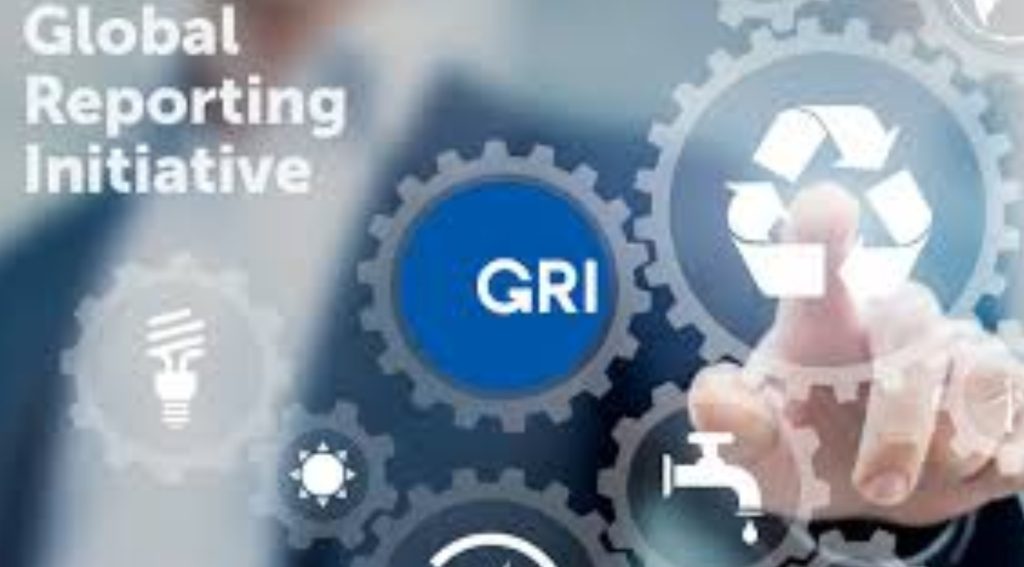The Global Reporting Initiative, or GRI, has launched its sustainability taxonomy.
The GRI Sustainability Taxonomy is a digital tool that will help organizations by enabling machine-readable, faster, and more accessible ESG data.
The new GRI Sustainability Taxonomy leverages XBRL (eXtensible Business Reporting Language), the global standard for digital business reporting, to standardize and structure sustainability information.
The move ensures that GRI-aligned disclosures become readily interpretable by machines, facilitating faster data collection and analysis for reporting organizations and data users alike.
GRI emphasized that the taxonomy covers all its widely used standards—Universal, Sector, and Topic—allowing organizations of any size or technical capability to submit digital reports directly or through an online form.
Cristina Gil White, Chief Engagement Officer, GRI, said, The GRI Sustainability Taxonomy is a major leap forward in making sustainability information quicker to retrieve and analyze for both reporting organizations and data users. It bridges the gap between reported impacts and the people who need to interpret and act on them, making it easier to assess the completeness and alignment of disclosed information.”
The taxonomy also prioritizes interoperability, aligning closely with the XBRL-based frameworks of the International Sustainability Standards Board (ISSB) and the European Sustainability Reporting Standards (ESRS).
This strategic alignment will promote global compatibility and help meet evolving regulatory demands, ensuring consistent and reliable data across different regions and countries. GRI plans to release verification tools later in 2025 to further support reporting consistency.










